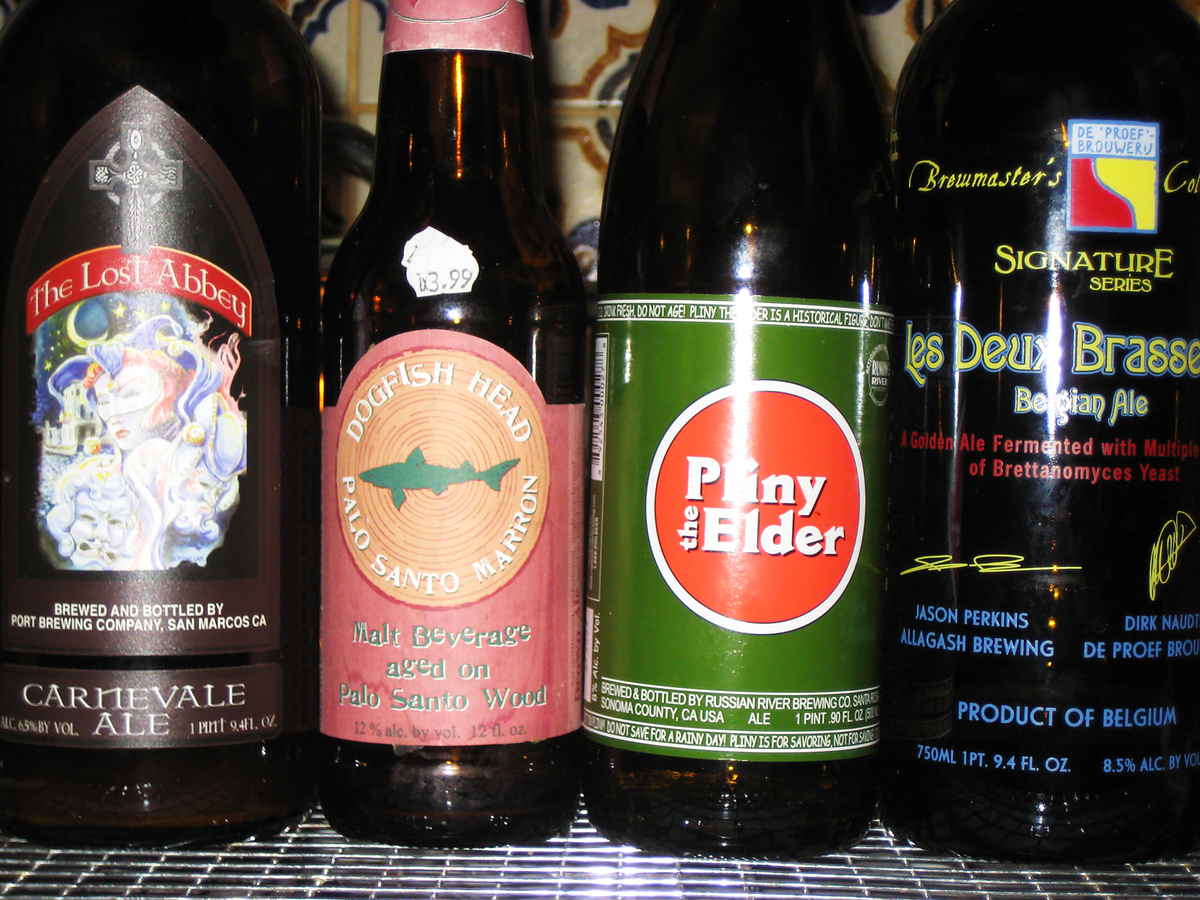Start 14-Day Trial Subscription
*No credit card required

Three Trends That Could Affect Craft Breweries' Bottom Lines in 2018
By Bob Bond and Drew Mattox of EKS&H LLLP
Craft brewing is experiencing some ups and downs as the segment matures and adapts to the change in consumer habits as well as recent tariffs, import/export regulation, and changes in tax policy.
EKS&H recently published our latest Craft Brewing Financial Benchmarking Survey, in which we compiled data from more than 30 client and non-client breweries and reported on trends. This data provides a valuable resource that craft brewers can really dig into, but a few notable trends have emerged since the survey period ended.
1. Emerging Styles Can Affect Raw Materials
Ingredients, especially hops, must change as consumer tastes evolve and brewers experiment with new flavor profiles. Brewers who entered into multi-year contracts with farmers in advance may find they’re stuck with an overage of hops if their customers move way from certain styles of beer. As the trend hits a wider segment of the craft brewing industry, being flexible and accommodating changes to orders has become more challenging.
What once was a brewery’s flagship beer may no longer be a feasible business option. Consumers are buying from more breweries across the board, and there’s not enough shelf space to add more beer from the same breweries. We’ve seen brewers who planned on producing a specific beer for three to four years, but due to changing consumer demand found they needed to scale back production — or even discontinue it altogether. When people are constantly thirsty for something new, it’s challenging to maintain brand consistency and predict purchasing habits.

2. Tax Benefits and Tariffs a Mixed Bag
Excise tax
The H.R.1 Tax Cuts and Jobs Act, which went into effect January 1, spelled good news for craft brewers. The excise tax on the first 60,000 barrels of production was cut in half from 7% to 3.5% for two years. This allows small breweries additional capital that can be reinvested in their business and benefits the economy by creating jobs.
Income tax
The new tax law also included a repeal of the Domestic Production Activities Deduction (DPAD). However, this was replaced by the Qualified Business Income Deduction, which provides craft brewers operating as pass-through entities (partnerships, LLCs, and S Corporations) a deduction of up to 20% of business income. This, coupled with the reduction in the corporate tax rate to 21% and 100% bonus depreciation on new and used equipment, should provide a significant benefit to many craft brewers.
Aluminum tariff
To can or not to can, that is the question. Cans have overtaken bottles as the preferred packaging amongst survey participants, accounting for 28% of the total distribution. Consumers have been turning to cans for the convenience factor for years, and cans are also generally considered “cool.” Brewers appreciate the freshness allowed by cans, the space efficiency, and lighter weight when shipping.
When President Trump enacted a 10% tariff on aluminum in March, can enthusiasts took pause. While the price increase may not change the benefits over glass, it may change a company’s bottom line and is surely something to consider. The impact is still unknown, but those who know the industry are watching it closely.

3. Market Slowdown, Decreased Financing May Strain Established Breweries
While craft brewing enjoyed a relatively long successful period of explosive growth, there’s been a slowdown the past two years in which growth dropped from double to single digits. The number of U.S. breweries more than doubled from 2013 (2,898) to 2017 (6,266), but there are strong signs of a slowdown that’s being attributed to industry maturation and market dynamics. New breweries may not have felt the pinch yet, but growth has been more difficult at breweries that have been in operation for more than five years.
We expect there will be some financial strains that could extend for the next several years with the transition of the business cycle. It will be important for brewers to watch their bottom line and do good housekeeping on their financials.
We’re seeing an upswing in the number of breweries that are looking to sell on the open market, especially while acquisitions are down; thus, values are taking a hit since future growth is not like it once was. Several craft breweries have been recently auctioned off following significant investments in operational expansion and lower-than-expected financial results.
We anticipate most breweries can weather this storm, and some may even view this as an opportunity. With the excise tax benefit savings, there’s the potential that some larger breweries may consider acquiring additional brands to take advantage of the extra cash they’ll have in hand at the same time as reduced values.
With this segment of the food and beverage industry in constant change, it’s important to have a partner that knows the challenges and can help provide customized guidance.
EKS&H, soon to be a part of Plante Moran, has worked with craft breweries since 2000, and our client list includes several in the top 100 and top 50 according to the Brewers Association. We have 25 professionals dedicated to the craft brewing industry, and we are members of the Brewers Association, the Colorado Brewers Guild, the Colorado Distillers Guild, and the California Craft Brewers Association.
To learn more about how EKS&H can help your craft brewery navigate the ups and downs of the business, please contact Drew Mattox at [email protected] or Bob Bond at [email protected], or call us today at 303-740-9400.
Photos Courtesy Flickr/Adam Barhan, Julio Morales & Uri Tours



